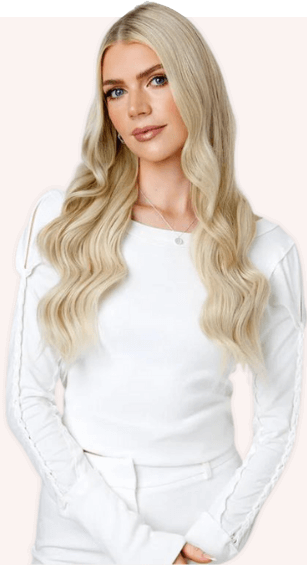The quest for natural-looking and durable hair extensions or wigs has led to the rise in the popularity of single-donor hair. Unlike traditional hair collections, which combine hair from multiple sources, single-donor hair offers unmatched consistency in texture, color, and quality. Whether you’re a hair enthusiast, a stylist, or simply someone curious about the process, this comprehensive guide will reveal the secrets of the steps of collecting single donor hair.
I. Understanding Single Donor Hair
Single donor hair refers to hair collected from a single individual’s head. This type of hair is highly sought after due to its uniformity, making it ideal for high-quality hair products. This hair retains its cuticle alignment, which minimizes tangling and ensures a natural flow, making it virtually indistinguishable from one’s own hair.
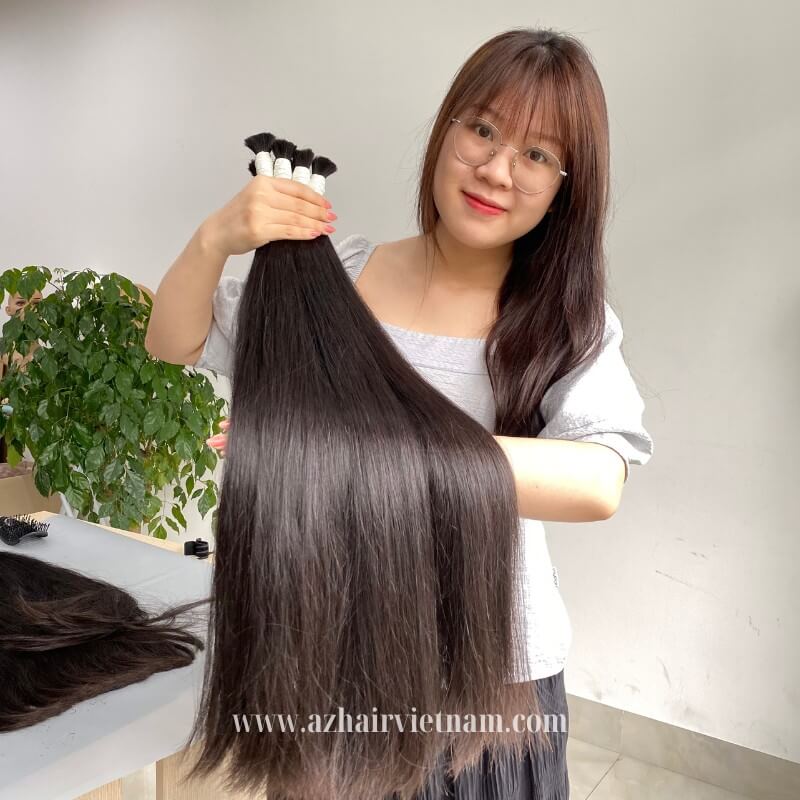
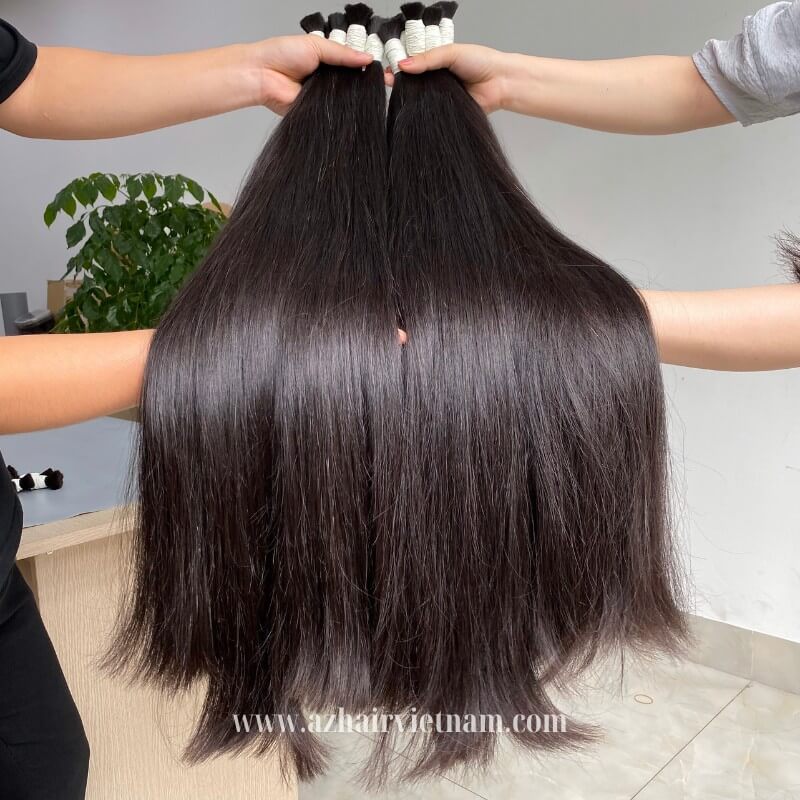
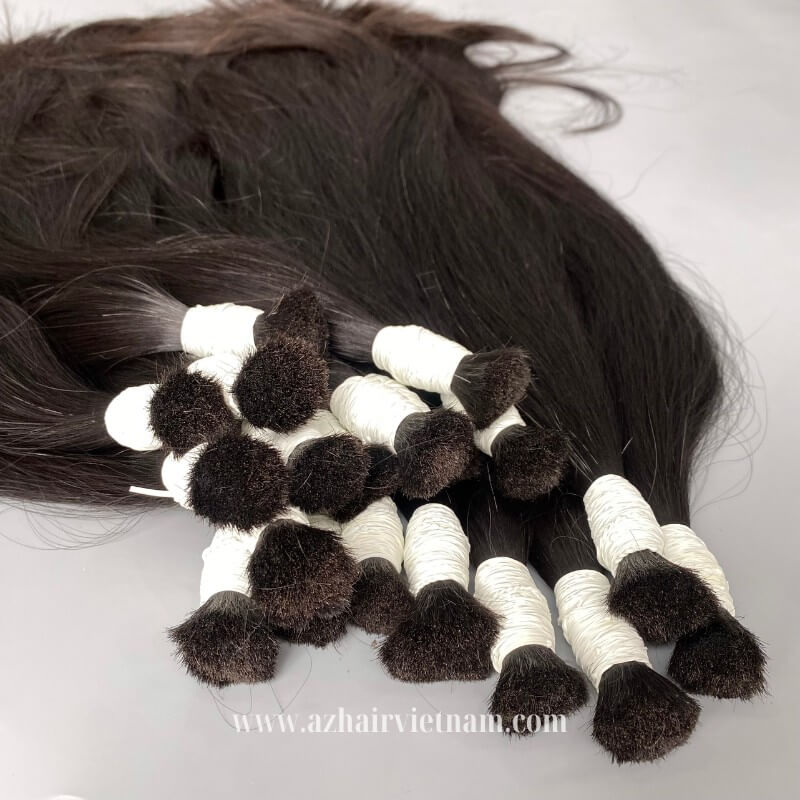

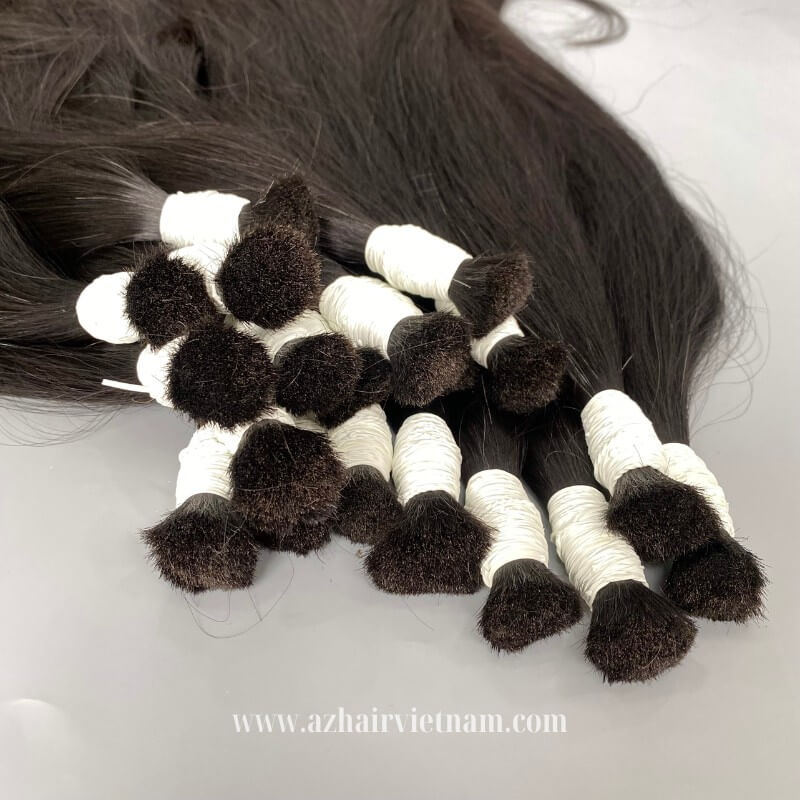
Single donor hair refers to hair follicles that are extracted from a specific area of the scalp, typically the back and sides of the head. These areas are referred to as the “donor area.” These hair are never treated with dyes, bleaches, or chemicals – it’s just pure human hair, making them an ideal choice for hair transplantation or highly sought after for wigs, hair extensions, and other hair products.
II. Single Donor Hair: Advantages
When it comes to making hair extensions and wigs, the term “single-donor hair” refers to hair that comes from a single individual’s head. This type of hair is highly valued in the hair extension and wig industry due to its quality, consistency, and natural appearance. Here are the advantages of this hair for making hair extensions and wigs:
1. Single Donor Hair Provide A Consistency & Natural Appearance:

Single-donor hair tends to maintain a natural appearance because it’s sourced from a single individual. The consistency in hair characteristics like color, texture, and quality makes it blend seamlessly with the wearer’s natural hair. This hair mimics the movement of natural hair, enhancing the realism of wigs and extensions.
2 .Minimal Tangling and Shedding:
Single-donor hair tends to have fewer issues with tangling and shedding compared to hair that’s mixed from various sources. This is because the cuticles are aligned in the same direction, reducing friction and tangling.
3. Longer Lifespan:

Single-donor hair is often considered a premium material due to its quality and desirable characteristics. Hair extensions and wigs made from this hair are likely to last longer because the hair quality is generally better. The hair remains soft, shiny, and manageable for an extended period.
4. Styling Versatility:
Hair extensions and wigs made from this hair can be styled, curled, and straightened just like natural hair. Manufacturers can create extensions and wigs tailored to specific customer preferences. This includes creating the desired color, length, and texture. The uniformity of the hair allows for consistent styling results.
III. The Secret Behind Collecting Single Donor Hair
Behind the beauty of hair extensions, the glamour of wigs, and the versatility of various hair products lies a process that bridges craftsmanship and meticulousness. The journey begins with a simple yet profound act – the collection of hair.
1. Ethical Sourcing

Firstly, to ensure ethical practices, single donor hair should be collected with the donor’s consent and knowledge. Choosing suitable donors is crucial for obtaining high-quality hair. The hair collectors identify individuals who have long, healthy hair that has not been chemically treated. Once identified, the hair collector approaches these individuals and negotiates a price for their hair. The donors are compensated for their hair, and the process is carried out in a way that does not harm the donor or their hair.
2. Preparation
Before collecting the hair, the donor’s hair should be thoroughly cleaned and free from any products or residues. This helps maintain the hair’s natural state and quality. The hair then is divided into sections to make the cutting process more manageable. Depending on the intended use, there might be specific length requirements. Measuring the hair ensures that it meets the desired length.
3. Hair Collecting
Next, the hair collectors carefully cut the hair from the head of the donor. She uses a sharp razor and scissors to ensure a clean cut to ensure the hair strands remain intact and undamaged and prevent any damage to the hair follicles. After cutting, the collected hair is typically bundled together and secured with a hair tie or rubber band. This keeps the hair strands aligned and prevents them from getting tangled.

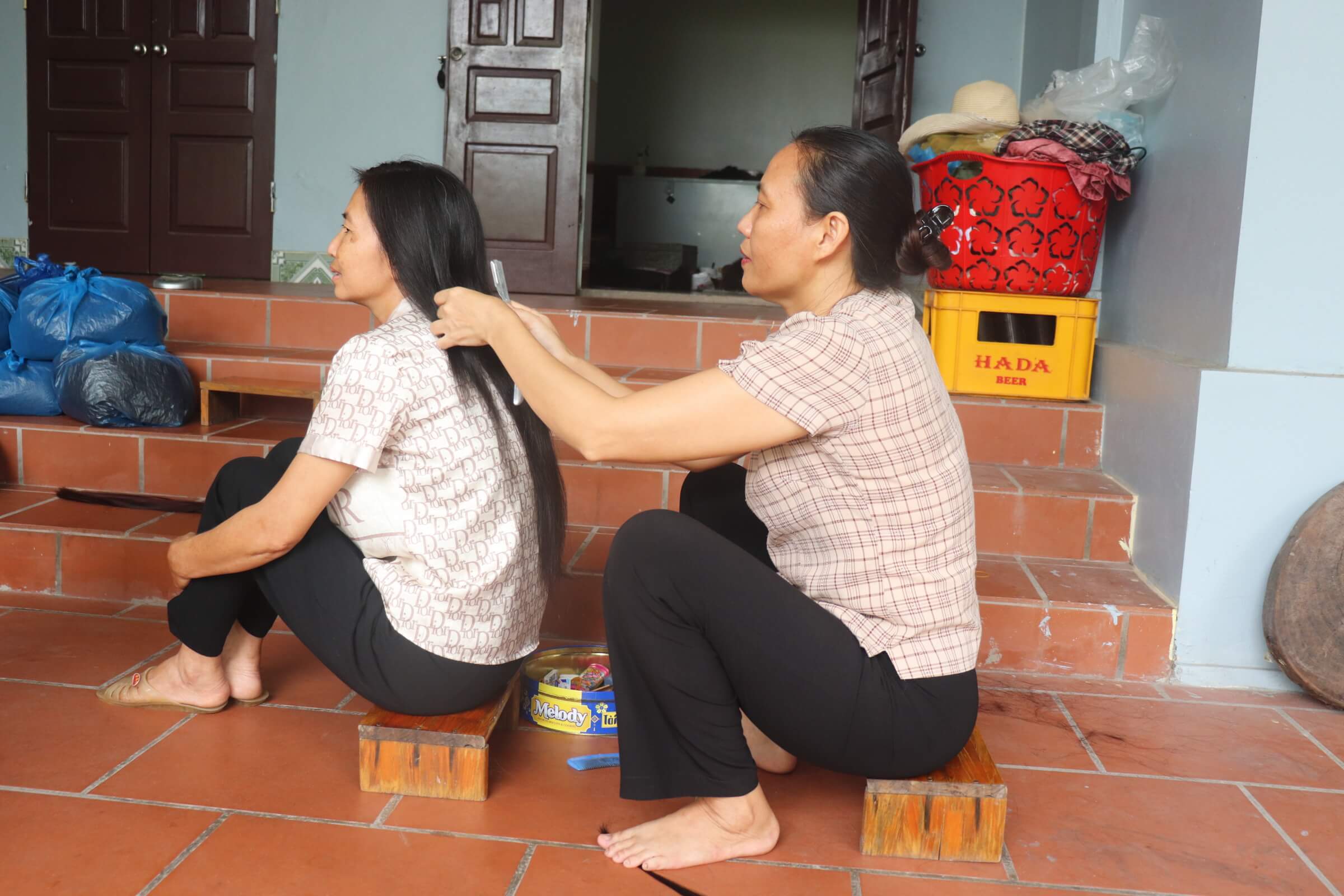
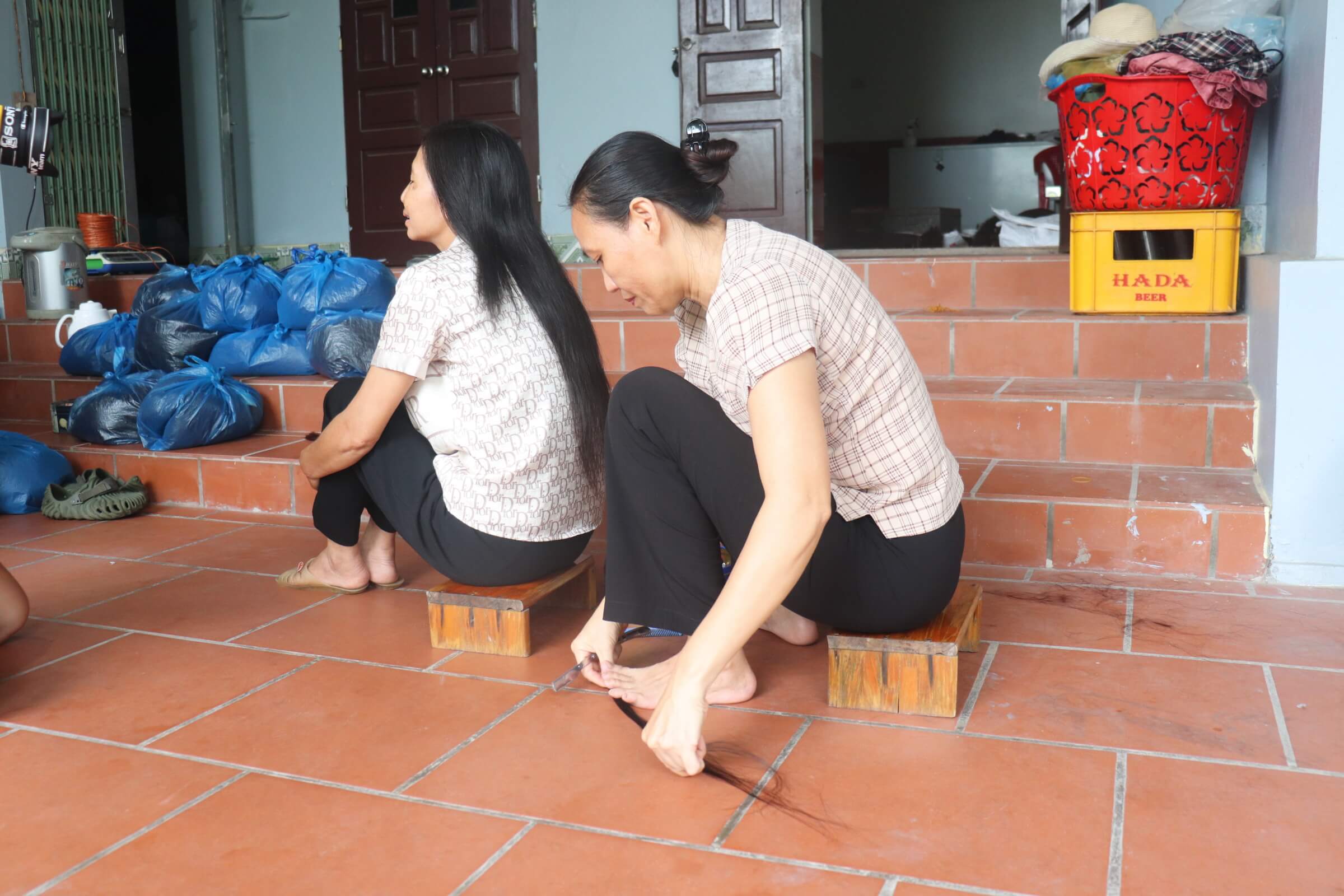
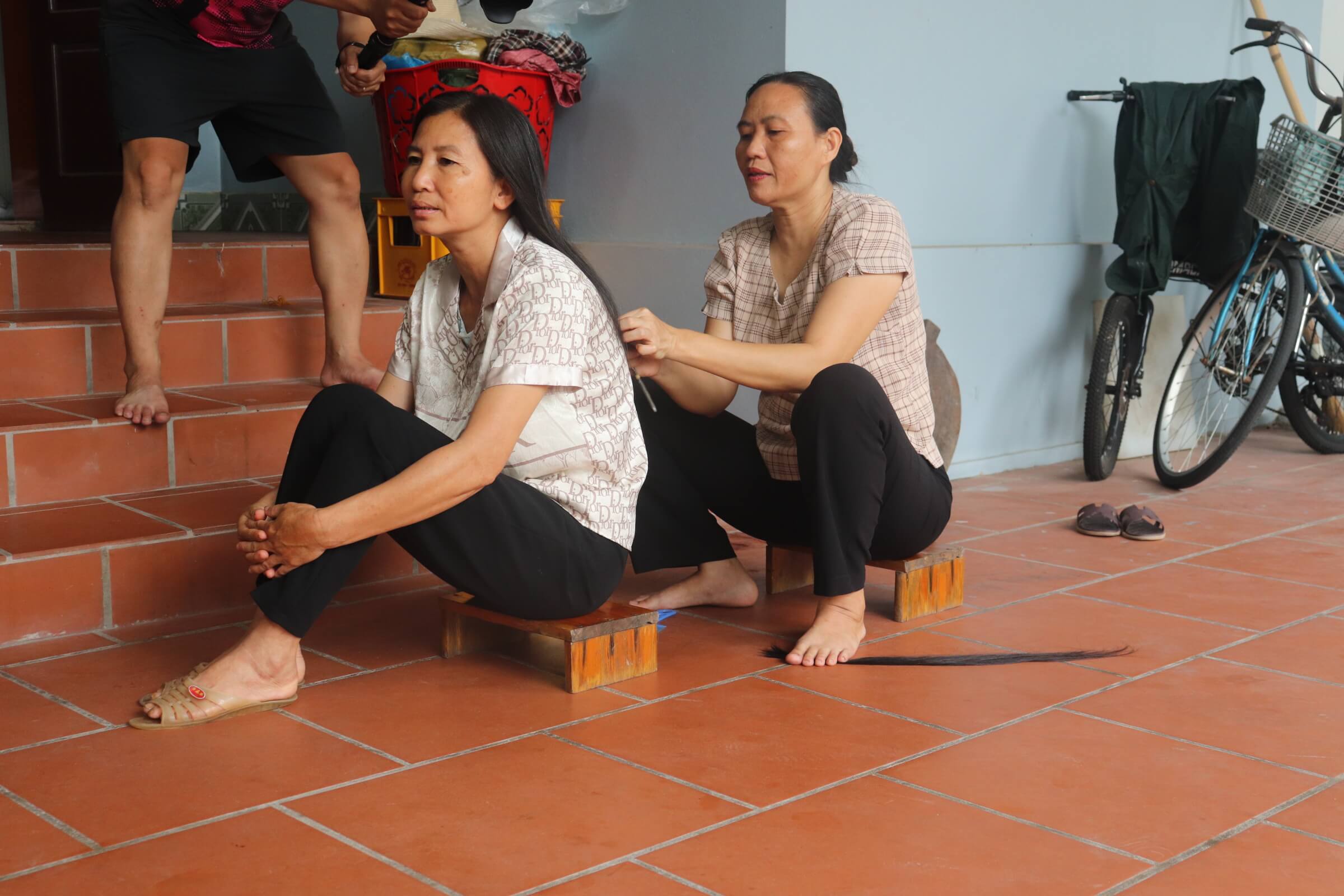
After the hair has been collected, the hair is then placed in bundles, proper packaging and storage to prevent damage to the collected hair. Hair will be stored in a dry, clean, and controlled environment to maintain its integrity over time, then, the hair will be sent to hair processing facilities where it is further cleaned, sorted, and processed into specific hair extension products.
IV. Conclusion
Collecting single donor hair is a meticulous process that involves ethical considerations, precision, and attention to detail. Whether it’s for creating high-quality wigs and extensions or for hair transplantation, the secret to successful hair collection lies in sourcing hair from healthy donors, using precise cutting techniques, maintaining hygiene, and ensuring consistency. By following these steps and principles, hair collectors can provide hair products and samples that meet the highest standards of quality and uniformity.


 BEST SELLING PRODUCTS
BEST SELLING PRODUCTS Wig Hair
Wig Hair WHOLESALE
WHOLESALE Contact us
Contact us Sale Events
Sale Events
